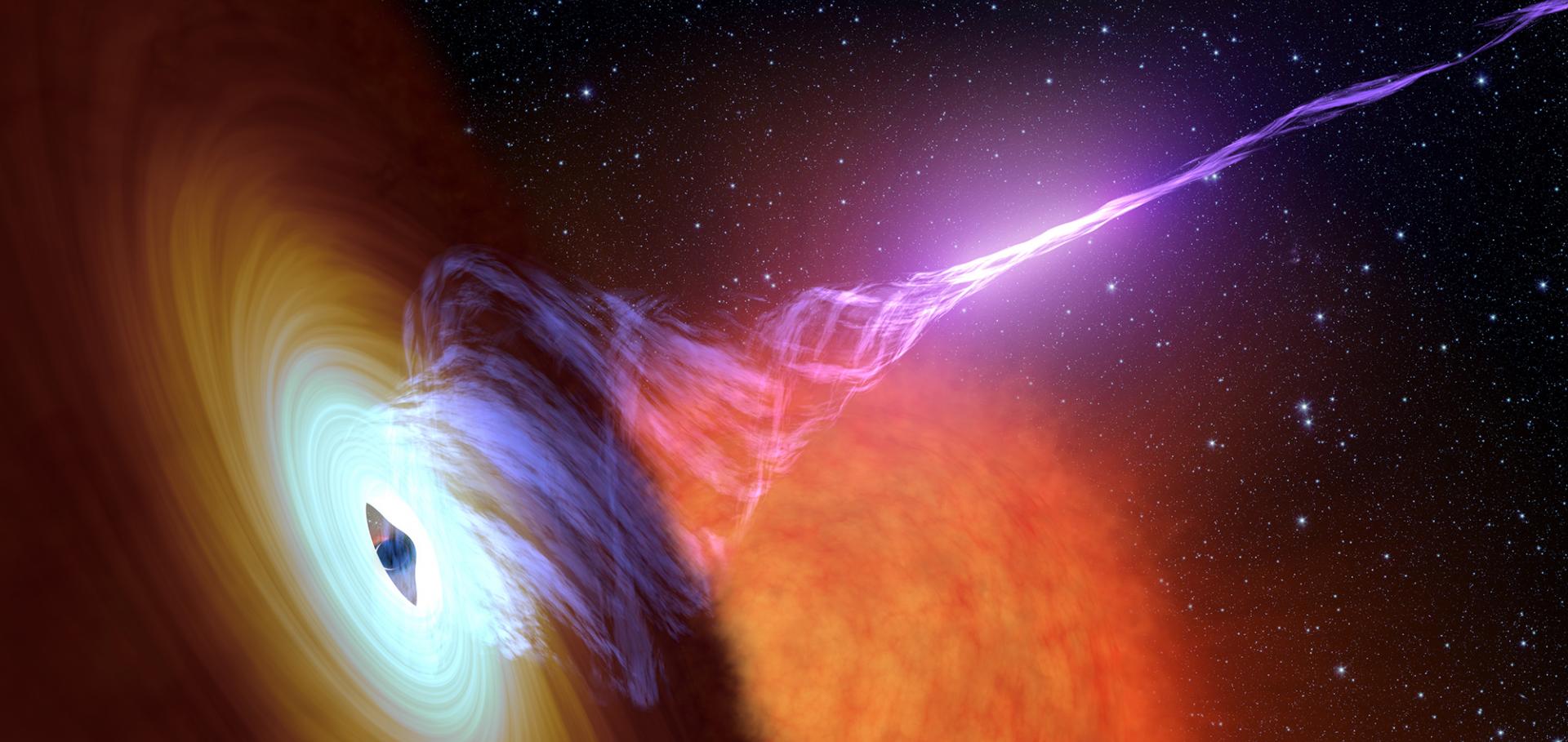A global study of the behaviour of black hole X-ray binary discs
Monthly Notices of the Royal Astronomical Society 411:1 (2011) 337-348
Abstract:
We investigate the behaviour of the accretion discs in the outbursts of the low-mass black hole X-ray binaries (BHXRBs), an overview of which we have presented previously. Almost all of the systems in which there are sufficient observations in the most-disc-dominated states show a variation in the disc luminosity with temperature close to This in turn implies that in these states, the disc radius, Rin, and the colour correction factor, fcol, are almost constant. Deviations away from the T4 law are observed at the beginning and end of the most-disc-dominated states, during the intermediate states. Although these could be explained by an inward motion of the accretion disc, they are more likely to be the result of an increase in the value of fcol as the disc fraction decreases. By comparing the expected and observed disc luminosities, we place approximate limits on the allowed distances and masses of the BHXRB system. In a number of cases, the measured distances and masses of the BHXRB system indicate that it is possible that the black hole may be spinning. © 2010 The Authors Monthly Notices of the Royal Astronomical Society © 2010 RAS.A tool to separate optical/infrared disc and jet emission in X-ray transient outbursts: The colour-magnitude diagrams of XTE J1550-564
Monthly Notices of the Royal Astronomical Society 416:3 (2011) 2311-2317
Abstract:
It is now established that thermal disc emission and non-thermal jet emission can both play a role at optical/infrared (OIR) wavelengths in X-ray transients. The spectra of the jet and disc components differ, as do their dependence on mass accretion properties. Here we demonstrate that the OIR colour-magnitude diagrams (CMDs) of the evolution of the X-ray transient XTE J1550-564 in outburst can be used to separate the disc from the jet. Monitoring in two wavebands is all that is required. This outburst in 2000 was well studied, and both disc and jet were known to contribute. During the outburst the data follow a well-defined path in the CMD, describing what would be expected from a heated single-temperature blackbody of approximately constant area, except when the data appear redder than this track. This is due to the non-thermal jet component which dominates the OIR moreso during hard X-ray states at high luminosities, and which is quenched in the soft state. The CMD therefore shows state-dependent hysteresis, in analogy with (but not identical to) the well-established X-ray hardness-intensity diagram of black hole transients. The blackbody originates in the X-ray illuminated, likely unwarped, outer accretion disc. We show that the CMD can be approximately reproduced by a model that assumes various correlations between X-ray, OIR disc and OIR jet fluxes. We find evidence for the OIR jet emission to be decoupled from the disc near the peak of the hard state. © 2011 The Authors Monthly Notices of the Royal Astronomical Society © 2011 RAS.An automated archival Very Large Array transients survey
Monthly Notices of the Royal Astronomical Society 415:1 (2011) 2-10


